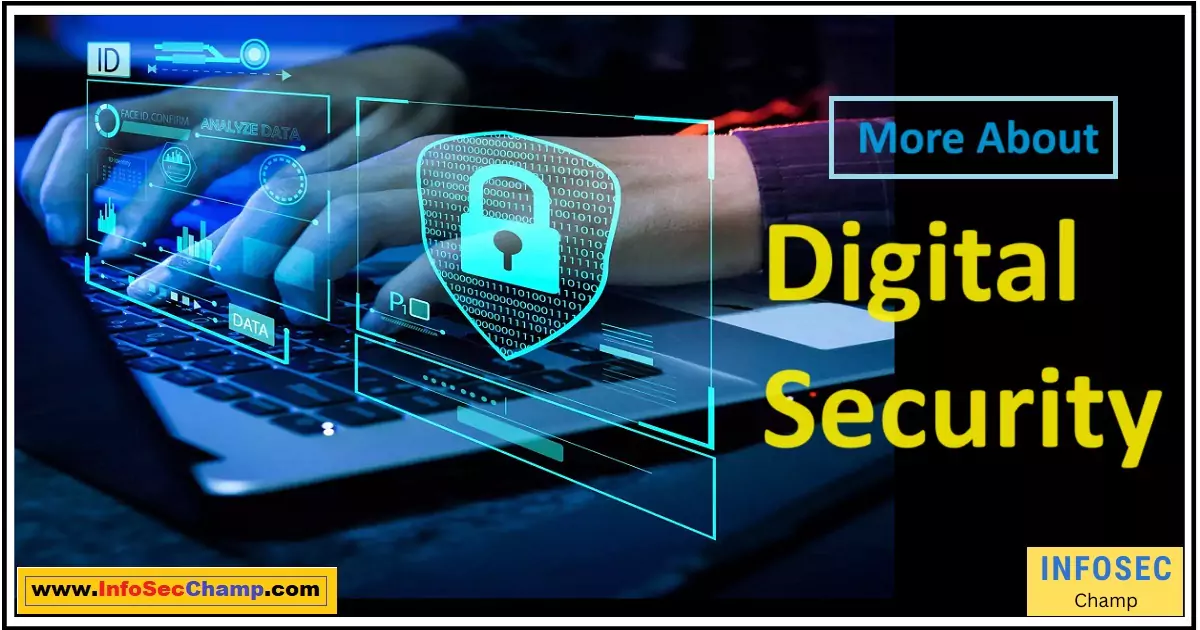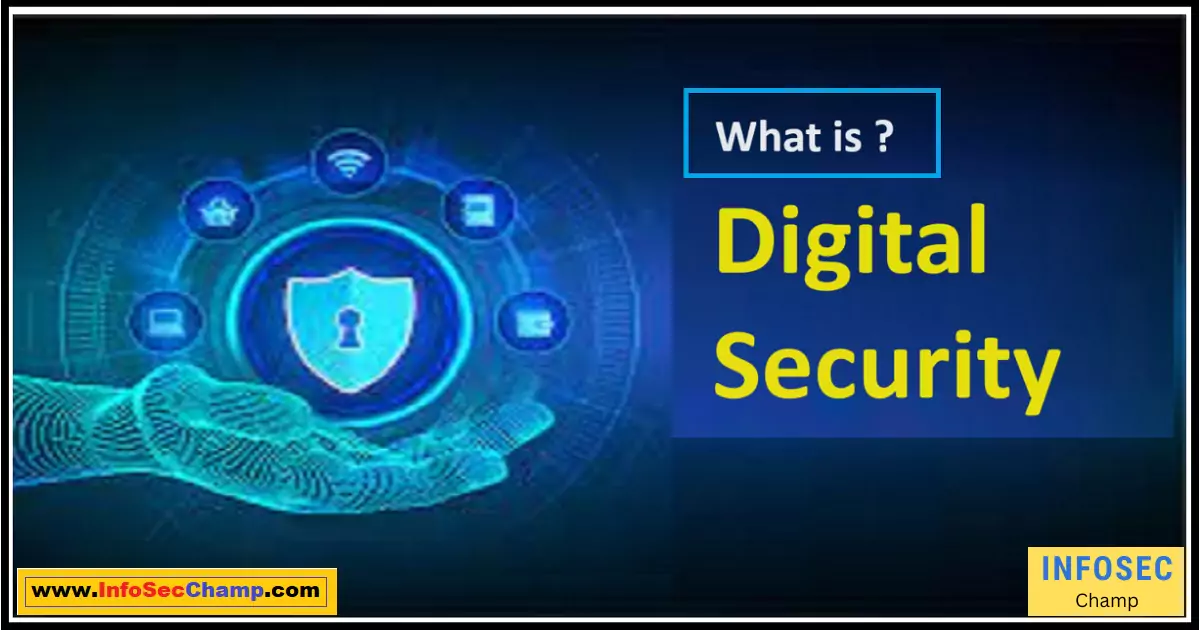Digital security is more important today than ever before. With data breaches, online fraud, and identity theft at an all-time high, safeguarding your digital life has become imperative. AI-powered solutions are revolutionizing digital security by leveraging advanced technologies like machine learning and biometrics. Companies like Trust Stamp are leading this wave of innovation by developing robust identity verification and fraud prevention tools. Their services enable businesses to onboard customers securely, protect sensitive data, and ensure regulatory compliance.
However digital security encompasses more than securing corporate assets and customer data. Individuals must also take proactive steps to defend their finances, privacy, and identity online. Utilizing strong passwords, multi-factor authentication, VPNs, and antivirus software are table stakes these days. Being vigilant against phishing scams and social engineering tactics could mean the difference between keeping your personal information safe versus becoming the victim of a devastating hack. With cyber threats growing in scale and sophistication, none of us can afford to be complacent about our digital security. Those who prioritize protecting their digital presence with the latest safeguards will have tremendous peace of mind in our increasingly connected world.
AI is Revolutionizing Digital Security
- AI and machine learning algorithms can analyze massive amounts of data to detect anomalies and identify threats in real time. This enables proactive protection against cyber attacks.
- AI-powered solutions like user behavior analysis and malware detection can secure systems and data by identifying deviations from normal patterns.
- Chatbots and virtual assistants equipped with natural language processing can simulate human interactions and conversations to provide frontline digital security.
- AI technologies like computer vision and facial recognition are enabling advanced biometric authentication across devices and platforms.
- AI is automating many mundane digital security tasks to allow security professionals to focus on higher-value functions.
The Future of Biometric Identity Verification
- Biometrics like fingerprint, iris, face, and voice recognition are emerging as the future of digital identity verification.
- Multimodal biometric authentication combines two or more identifiers for higher accuracy in verifying users’ identities.
- AI and machine learning are enhancing biometric systems’ accuracy and making them more resistant to spoofing attacks.
- Continuous authentication using biometrics will enable persistent validation of user identities throughout digital sessions.
- Emerging biometric modalities like palm print, vein, gait, and heartbeat recognition will strengthen identity verification.
Securing Your Digital Assets with AI
| Asset Type | AI-powered Security Solutions |
|---|---|
| Funds and Financial Information | AI-based fraud detection, transaction monitoring, identity verification |
| Personal Data and Documents | Access controls, activity monitoring, data encryption |
| Digital Media and Files | Intelligent threat detection, media forensics, copyright & ownership protection |
| Online Accounts and Passwords | Biometric authentication, anomalous login detection, password strength checking |
| Devices and Network | Network traffic & anomaly analysis, endpoint protection, vulnerability assessments |

Digital Security: The Ultimate Guide to Protecting Yourself Online
- Use strong and unique passwords or passphrases for all accounts and enable multi-factor authentication wherever available.
- Be vigilant of phishing attempts via emails, texts, and calls pretending to be from trusted sources attempting to steal your personal information.
- Keep your devices and software up-to-date with the latest security patches which fix vulnerabilities.
- Use a VPN and antivirus software to encrypt your internet traffic and scan for malware threats respectively.
- Backup your data regularly either on external drives or on the cloud to protect against ransomware attacks or hardware failures.
- Be judicious about sharing personal information online and be wary of scams promising easy money.
- Enable security features like Find My Device on your smartphones, and laptops to protect your data if your devices are lost/stolen.
Cutting-edge AI Solutions for Robust Identity Verification
- Multi-modal biometric authentication utilizing face, fingerprint, and iris scans for seamless and highly accurate onboarding.
- AI-powered document verification to authenticate government-issued IDs and spot manipulated or forged credentials.
- Continuous identity verification using technologies like behavioral biometrics to persistently validate users during online sessions.
- AI and deep learning algorithms to analyze, extract, and cross-verify data from multiple sources to corroborate identities.
- Automated real-time checks against global watchlists and sanctions lists to detect high-risk individuals and fraud.
Leveraging Machine Learning to Detect Online Fraud in Real-Time
- Analyzing user behavior patterns like clicks, taps, swipes, and mouse movements to detect bots and abnormal activity.
- Identifying anomalies in transaction details like location, IP address, and device fingerprint to stop fraudulent transactions.
- Detecting spoofed identities, doctored images, and altered documents used for creating fake accounts.
- Machine learning models trained on past fraud patterns to identify emerging and sophisticated attack vectors.
- AI algorithms recognize fraudulent activity by experience without relying on rules, pattern matching or supervision.
Why Passwords and OTPs Can No Longer Protect Your Digital Life
| Limitations of Passwords and OTPs | Solutions |
|---|---|
| Easily guessed, stolen, phished or brute-forced | Multi-factor biometric authentication (face, fingerprint) |
| Vulnerable to reuse, spoofing, social engineering | AI-powered behavioral analysis |
| One-time, texted OTPs prone to interception | Push authentication, security keys, biometrics |
| Inconvenient authentication experience | Passwordless authentication via biometrics |
| Limited to specific devices | Continuous identity verification across sessions/devices |
Artificial intelligence-powered digital identity verification
- AI analyzes thousands of unique identity attributes to authenticate digital identities accurately.
- Advanced biometrics like face, voice, and iris powered by AI validate identities remotely and securely.
- AI detects forged government IDs, and credentials faster and more reliably than humans.
- Behavioral biometrics leveraging AI builds patterns of human-device interactions to persistently verify identity.
- AI cross-checks data from documents, biometrics, and behavioral patterns for robust identity corroboration.
- Machine learning algorithms get better at spotting fakes and frauds with more experience over time.
Conclusion:
Digital security is at the forefront now more than ever before. As our lives and sensitive information continue moving online, robust protocols and solutions to safeguard our digital presence become imperative. While threats like data breaches, identity theft, and cyber-attacks are rising, AI and biometric technologies provide innovative ways to verify identities, authenticate access, and detect fraudulent activities.
However, technical safeguards alone cannot guarantee foolproof security. Individual awareness, caution with online activities, and proactive measures like strong passwords and multi-factor authentication remain essential. With threats continuing to evolve, eternal vigilance and updated knowledge are key along with keeping pace with the latest security advancements. In the digital era, our collective security is only as strong as the weakest link. It is thus upon each of us to prioritize digital hygiene and build a culture of security to protect our interconnected online lives.

FAQs:
Q: How can I improve my digital security?
A: Use strong unique passwords, enable two-factor authentication, keep devices/software updated, use antivirus/VPN, avoid oversharing online, and backup data regularly.
Q: What are the benefits of AI in digital security?
A: AI can analyze massive data to detect threats proactively, automate tasks allow humans to focus on higher priorities, and enable advanced biometrics for authentication.
Q: What are some examples of biometric authentication?
A: Fingerprint, facial recognition, iris scan, voice recognition, palm print, vein pattern, and gait analysis are examples of biometrics used for identity verification.
Q: How does multi-factor authentication work?
A: Multi-factor authentication combines two or more verification methods like password + SMS one-time password, password + security key, and password + biometrics for enhanced security.
Q: How can I protect my personal data online?
A: Limit sharing of personal information online, use encryption and access controls, monitor account activity, and secure devices with tracking features in case they are lost/stolen.
Q: How does AI help detect fraud?
A: AI analyzes data patterns to identify anomalies, learns continuously from experience without human supervision, and adapts to new fraud tactics much faster than traditional rules-based systems.
Q: What are some emerging biometric authentication methods?
A: Emerging biometrics include palm print, vein pattern, gait analysis, heartbeat rhythm, skull resonance, and odor/scent recognition.
Q: Why are passwords not sufficient for security?
A: Passwords can be guessed, stolen, reused, or phished easily. People tend to use easy passwords and reuse them across accounts making them less secure.
Q: What is behavioral biometrics?
A: Behavioral biometrics like keystroke patterns, mouse movement, and swipe patterns authenticate based on natural human-device interactions.
Golden Quotes:
“The only secure computer is one that’s unplugged, locked in a safe, and buried 20 feet under the ground in a secret location…and I’m not even too sure about that one.” – Dennis Huges

